When and how to harvest celery – to pick stems at the peak of their flavor
Avoid tough and stringy celery by harvesting the crop at the ideal time, and get multiple harvests from one plant
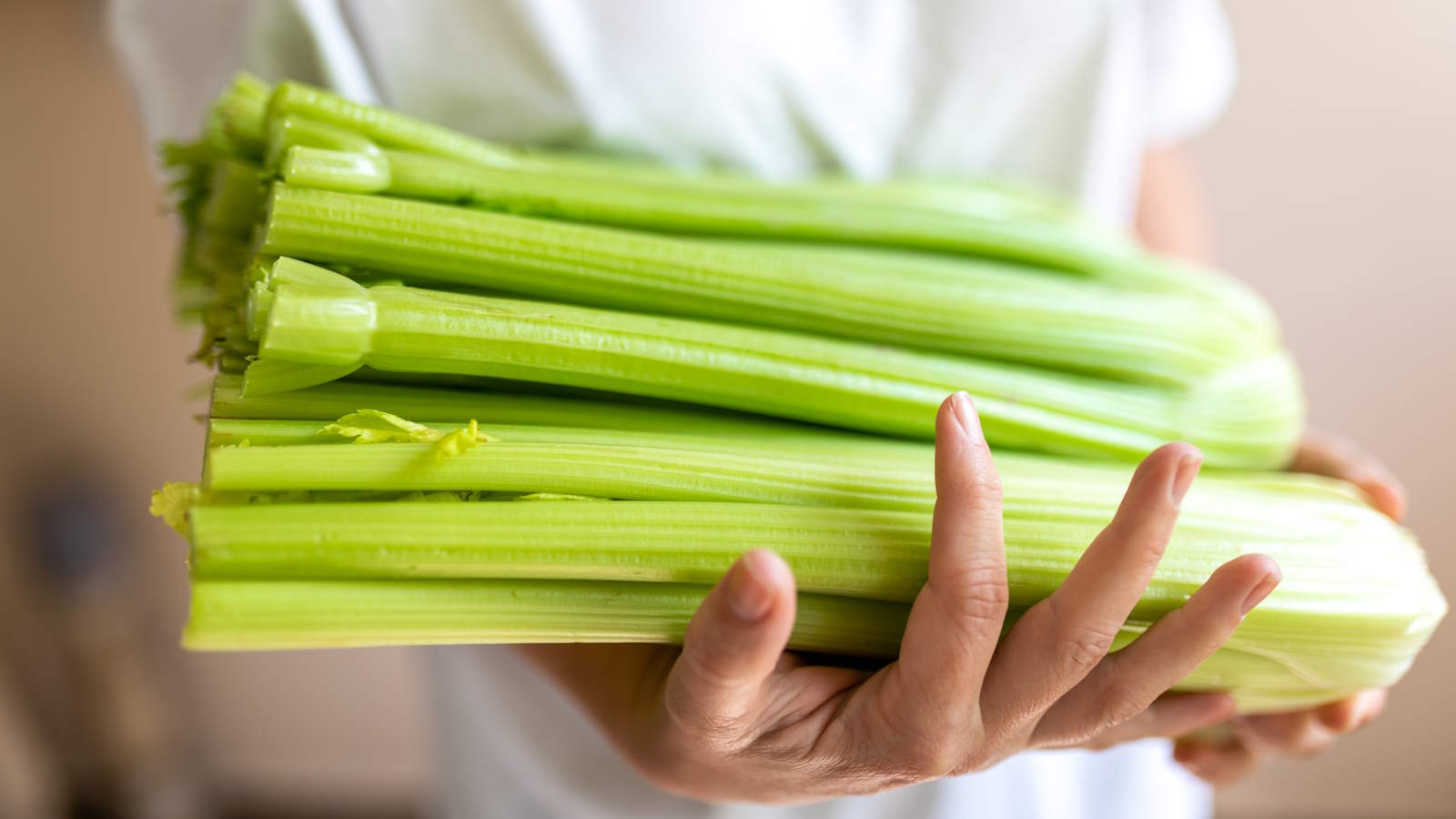

A harvest of crunchy and nutritious celery stalks can be a hugely satisfying experience, as it means you have successfully cultivated the tricky crop through its full growing season. Celery does have a reputation for being tough to grow as this cool-season crop has a long season and requires lots of moisture.
When growing celery, you want to harvest the crop when the stalks are the right size and texture. Too soon and they won’t be fully developed, yet wait too long and the celery gets tough and bitter.
It may sound confusing, but we want to help. So let's look at the signs to know when to harvest celery and the different harvesting methods to choose from.
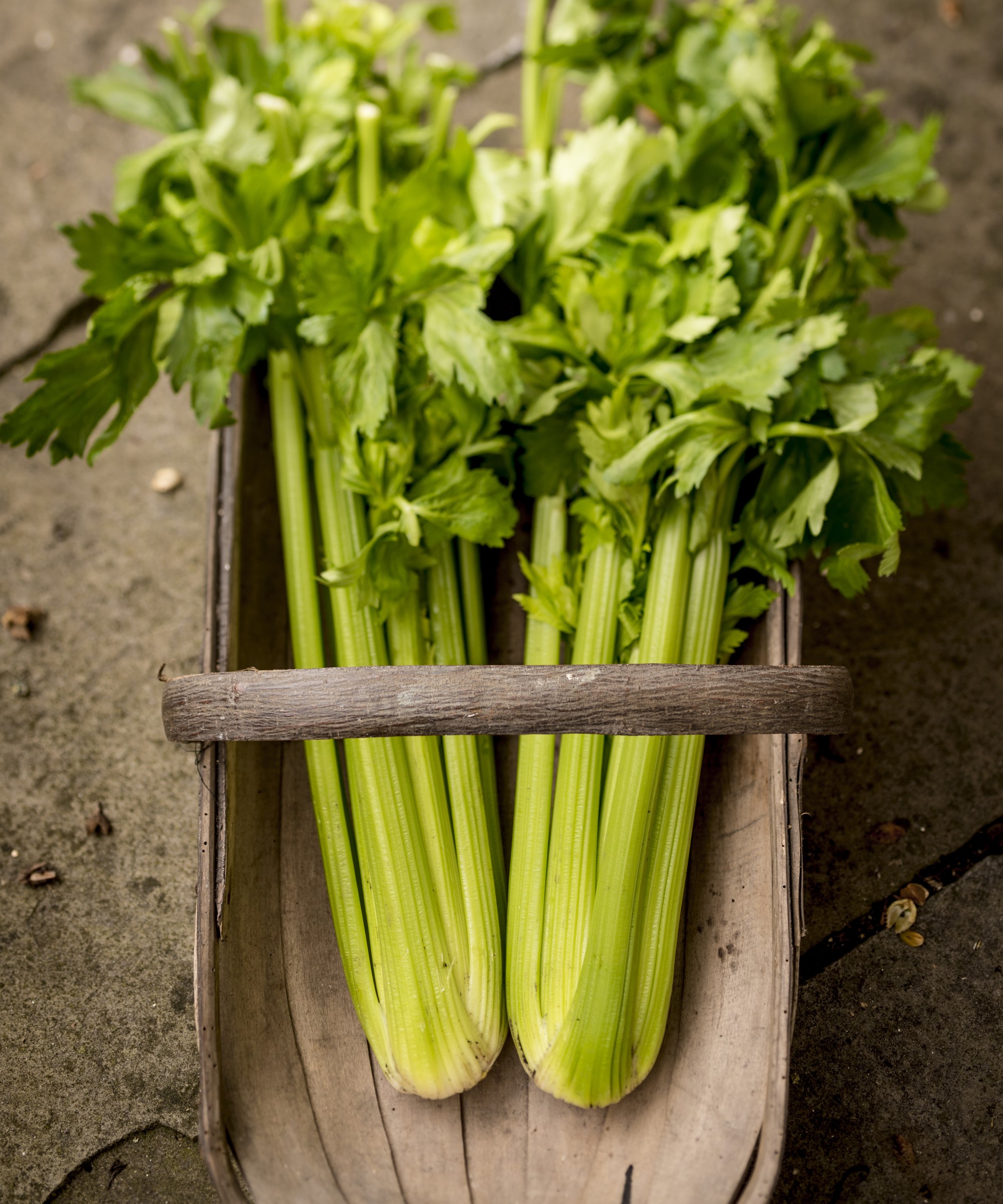
Celery is a great crop to grow as it is low in calories and high in nutrients
Our guide to a great celery harvest
Start celery by sowing seeds indoors in mid-spring and transplant the seedlings into the vegetable garden at around 4-6 inches tall once the risk of frost has passed. Space the plants around 8-12 inches apart and grow the crop in a sunny spot in moisture-retentive soil.
When to harvest celery
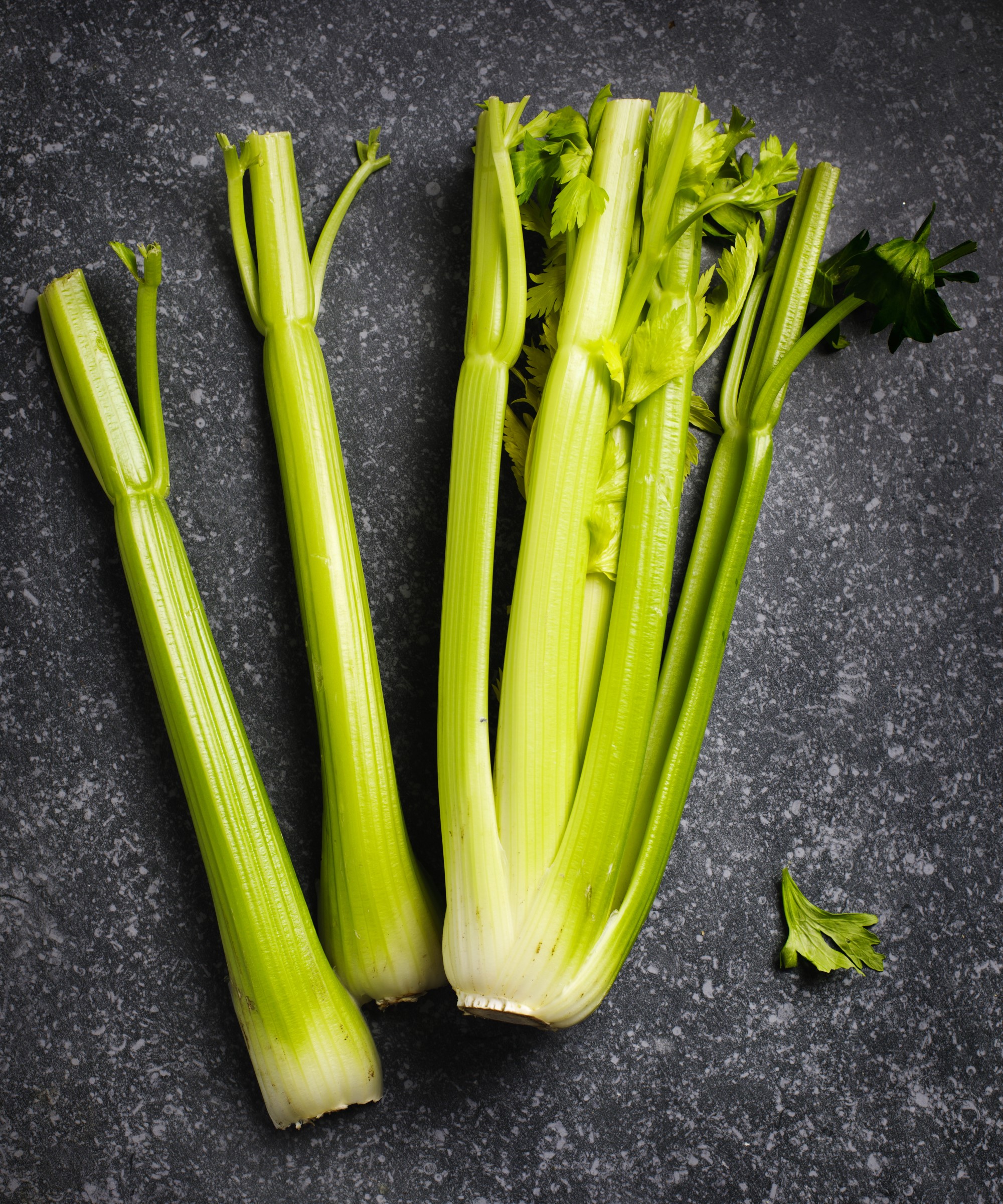
Celery can be grown in the ground or in containers
Celery is a crop with a long growing season, so it is preferable to start the crop indoors early in spring or buy transplants to plant the vegetable straight into the garden. It can take 100 to 140 days to mature, depending on the variety and the weather during the growing season.
The season to harvest self-blanching celery is mid-summer through fall, with the crop harvested before the frosts. Traditional trenching varieties of celery are ready to harvest from early fall onwards, into winter if the vegetables are protected from frosts. Check the seed packet for the estimated days to maturity for your variety.
The crop does need regular watering throughout the season, especially during hot weather, as consistent moisture is essential for a good crop of stems to pick. Watering helps the stems swell in size and a lack of moisture will mean disappointingly stringy celery stems.
So, what does celery look like when ready to harvest? The stems will ideally be three inches or more in diameter and at least 6-8 inches in length.
Picking the right time to harvest celery is important. It is preferable to harvest celery as soon as it is ready, when it is most tender, as the longer it grows the tougher it will get. In addition, Rebecca Sears, a gardening expert at Ferry-Morse, recommends: ‘Avoid harvesting celery during a hot, dry spell as it will be tough and stringy.’ Pick a cool time to harvest celery, before the temperature rises above 70F.
Trenching varieties of celery require blanching before harvesting. This can be done by earthing up plants or using covers from mid-summer onwards. Blanching keeps the stalks sweet and tender by protecting them from the sun’s rays. These types can be harvested from early fall onwards once stems reach at least three inches or more in diameter.

As CMO and resident green thumb for the Green Garden family of brands, Rebecca Sears nurtures the company's heritage but also looks to develop new products and solutions to help gardeners of all skill levels fuel their passion and become more successful in the garden. Rebecca has been gardening from coast to coast, first realizing her passion while living in Portland, Oregon, inspired by the public gardens throughout the city.
How to harvest celery
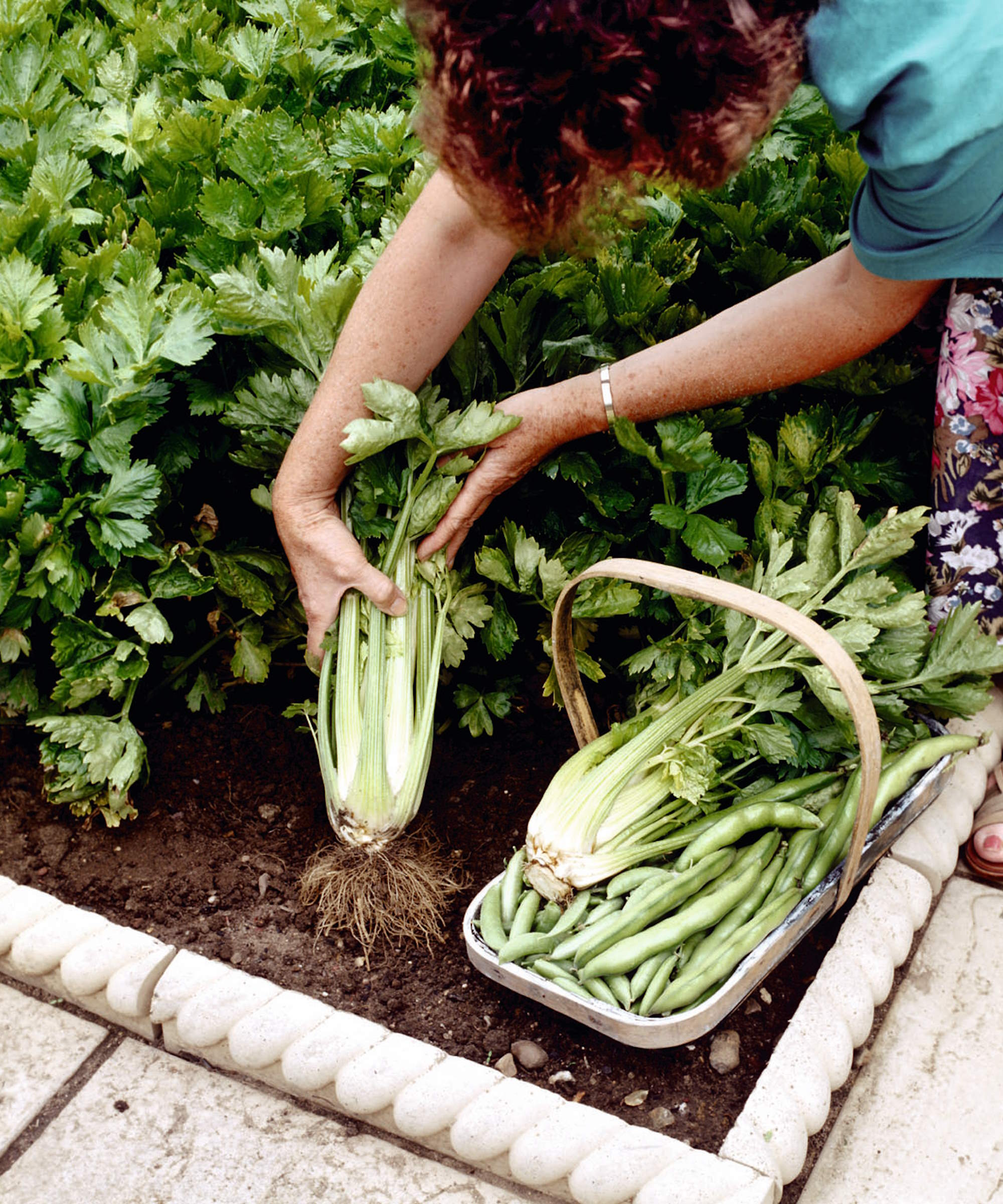
Harvest celery before the stems get tough and bitter
There are two ways to harvest celery, to pick individual stalks to use and allow the rest to grow or harvest the entire head of the plant at once. It is advisable to use clean garden tools, such as a harvesting knife, and wear gloves and long sleeves - such as gardening sleeves, available at Amazon - as celery can irritate the skin.
Ashleigh Smith, the managing editor at True Leaf Market, says: ‘Individual stalks may be harvested as needed from the outer edge, leaving the inner stalks to continue developing.’ The longest stalks around the edge of the plant are the most mature and these can be cut or snapped off to be used. The younger, inner stalks will continue to grow for future harvests.
‘To harvest the whole plant, push the soil away from the crown. Then, cut through the crown just below the soil level but above the roots,’ adds Ashleigh. The crown can either be cut with a knife below the soil line, or the entire plant can be lifted and the head cut from the roots after being removed from the ground.
It is best to use the celery as soon as possible after lifting when it is fresh and crunchy. Older stalks can still be used, as Rebecca Sears recommends using the tougher celery stalks ‘as seasoning in stocks and soups'.

Ashleigh Smith is the Managing Editor at True Leaf Market with a bachelor's degree in horticulture from Brigham Young University - Idaho. True Leaf Market is a nationally certified organic, non-GMO seed and horticultural company based in Salt Lake City, Utah.
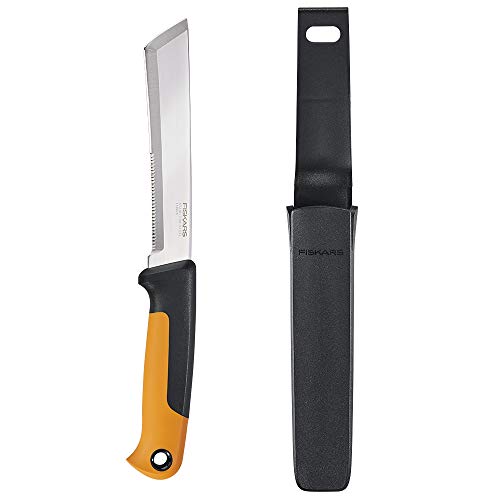
A harvesting knife with a precision-ground, stainless steel blade featuring a flat tip for quick push cuts and a serrated section for saw cuts through fibrous plants. Ideal for harvesting thick stalks and stems and comes with a hard plastic sheath with belt loop.
FAQs
How long can you leave celery in the ground?
Celery can tolerate a light frost, but ideally wants to be harvested before the frosts start in your climate. The crop can overwinter in milder US hardiness zones. However, as celery is a biennial plant it will flower and go to seed if left to start growing again in spring. Leaving a few plants to go to seed can give you a crop of celery seeds. These can be used in some recipes, or you can collect seeds to sow for plants next year.
Can you eat celery leaves?
Celery leaves are edible and they can be eaten raw or cooked. The leaves of the plant have the same celery flavor and are highly nutritious. They can be added raw to salads or sandwiches or used in stocks, soups, or sauces.
Will celery regrow after harvest?
It is possible to grow celery from a stalk after harvesting. Sit a 2-inch thick root base of celery in a shallow dish filled with water and place it on a light windowsill. The base will quickly sprout small leaves and shoots and then can be planted in soil around a week later to grow.
Celeriac has a similar taste to celery and is also known as celery root. Rather than being grown for the stalks like celery, however, it is grown for knobbly swollen roots. It is another crop with a long season and you can see more about this great crop in our dedicated guide to growing celeriac.
Sign up to the Homes & Gardens newsletter
Design expertise in your inbox – from inspiring decorating ideas and beautiful celebrity homes to practical gardening advice and shopping round-ups.

Drew’s passion for gardening started with growing vegetables and salad in raised beds in a small urban terrace garden. He has worked as a professional gardener in historic gardens and specialises in growing vegetables, fruit, herbs, and cut flowers as a kitchen gardener. That passion for growing extends to being an allotmenteer, garden blogger, and producing how-to gardening guides for websites. Drew was shortlisted for the New Talent of the Year award at the 2023 Garden Media Guild Awards.
-
 My orchid's leaves haven't wrinkled since moving it to this exact spot in my home – it's the easiest hack to keep these flowering houseplants hydrated
My orchid's leaves haven't wrinkled since moving it to this exact spot in my home – it's the easiest hack to keep these flowering houseplants hydratedDehydrated orchids can perk up again in the environment of a bathroom
By Tenielle Jordison
-
 Hailey Bieber's curvaceous toaster is an Italian design staple (with roots in the 1950s) – it blends retro style with modern capabilities
Hailey Bieber's curvaceous toaster is an Italian design staple (with roots in the 1950s) – it blends retro style with modern capabilitiesThis toaster has stood on the countertops of 'It girls' since the '50s, and Hailey Bieber has just resurged the trend – you can follow suit for $250
By Megan Slack
-
 7 of the best tomatoes for growing in pots – expert growers pick their top varieties ideal for large harvests from containers
7 of the best tomatoes for growing in pots – expert growers pick their top varieties ideal for large harvests from containersYou can enjoy bumper homegrown harvests in small spaces
By Drew Swainston
-
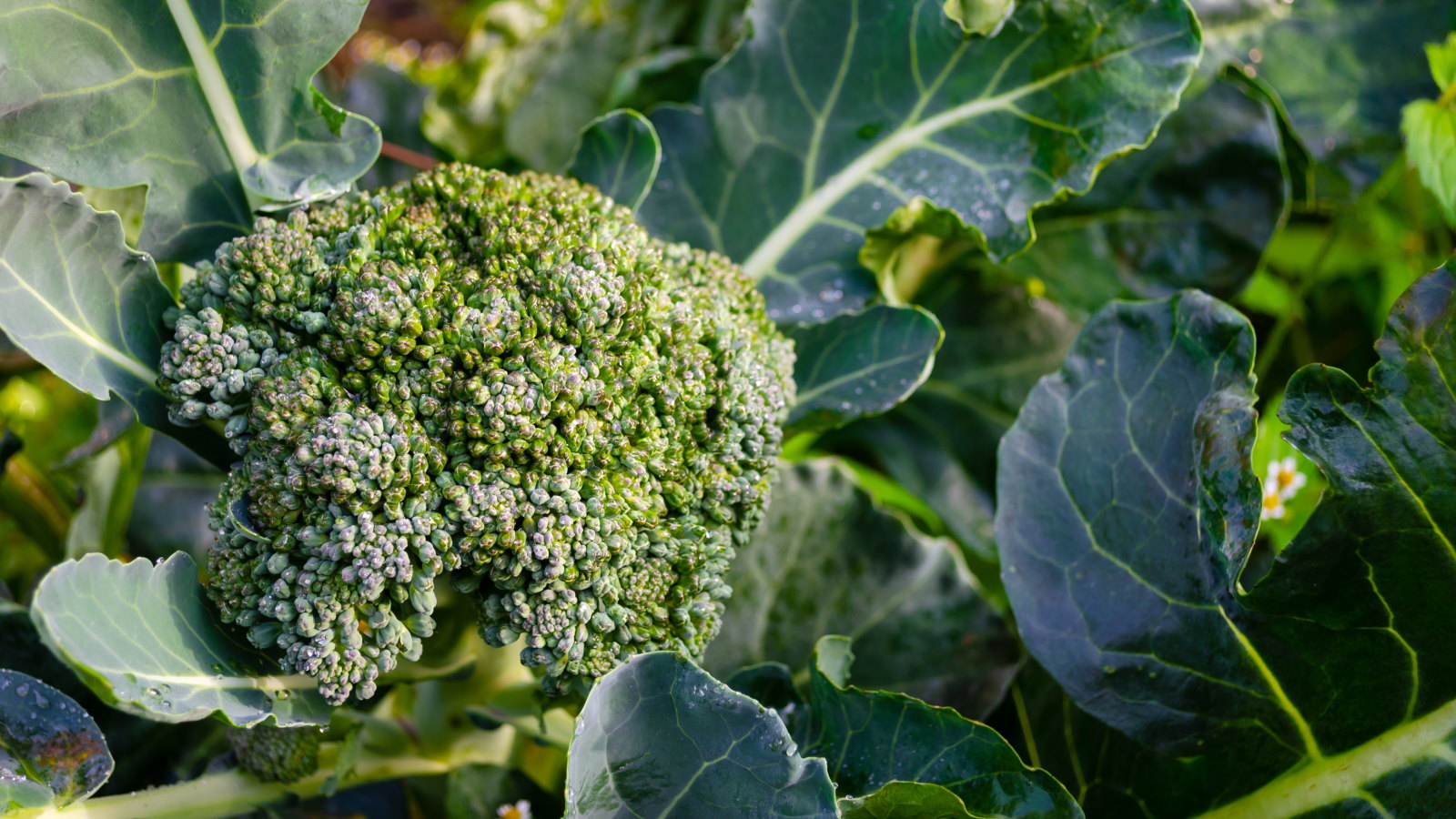 These 5 plants can help you get the best, and potentially tastiest, broccoli ever – discover what to plant with broccoli, and what to avoid
These 5 plants can help you get the best, and potentially tastiest, broccoli ever – discover what to plant with broccoli, and what to avoidOur selection of vegetables, herbs, and flowers is perfect for companion planting with broccoli
By Drew Swainston
-
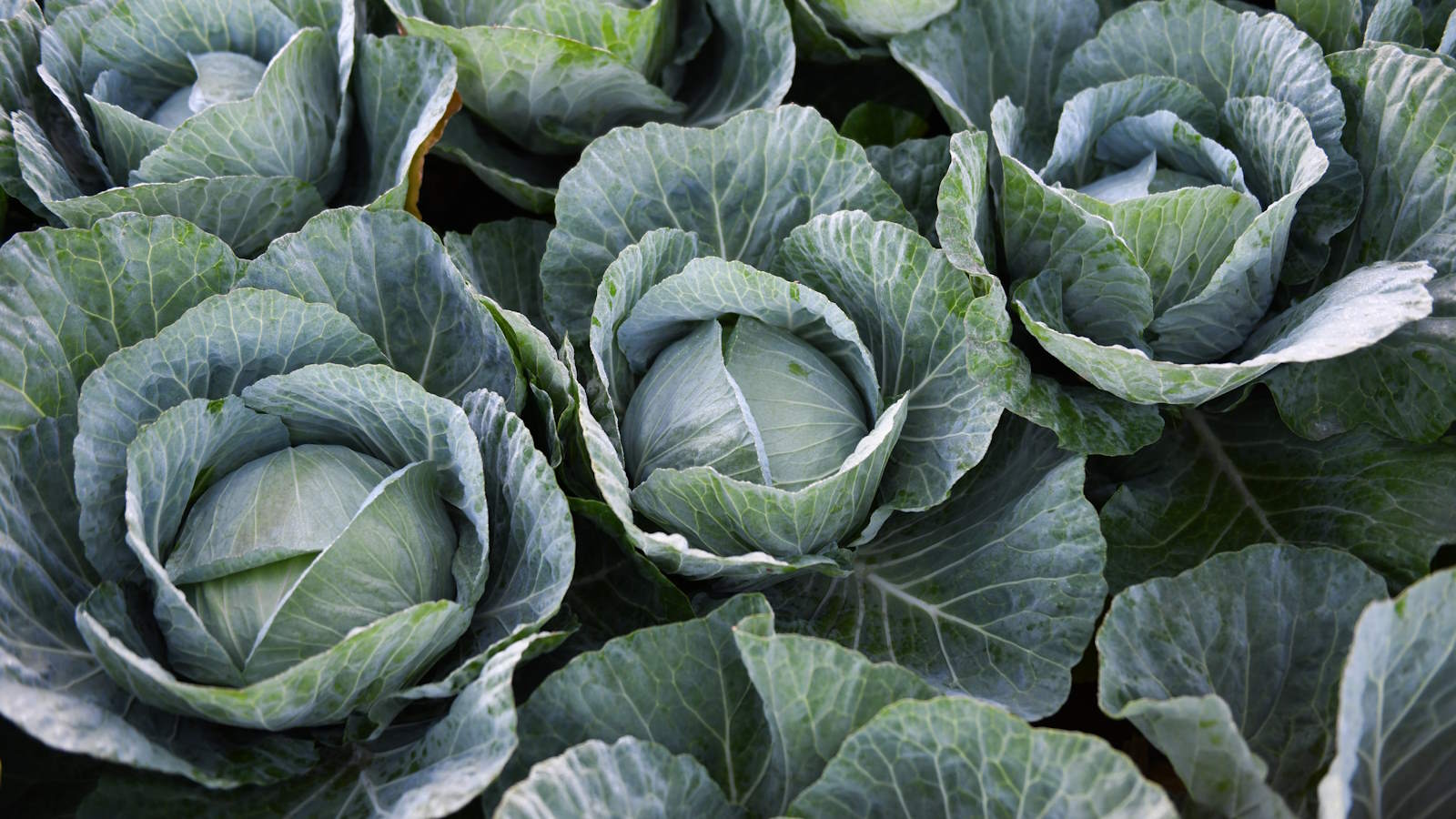 How to grow cabbages in containers – expert tips for top harvests in small urban spaces
How to grow cabbages in containers – expert tips for top harvests in small urban spacesYou can grow lots of different cabbages in pots, troughs, grow bags, or buckets
By Drew Swainston
-
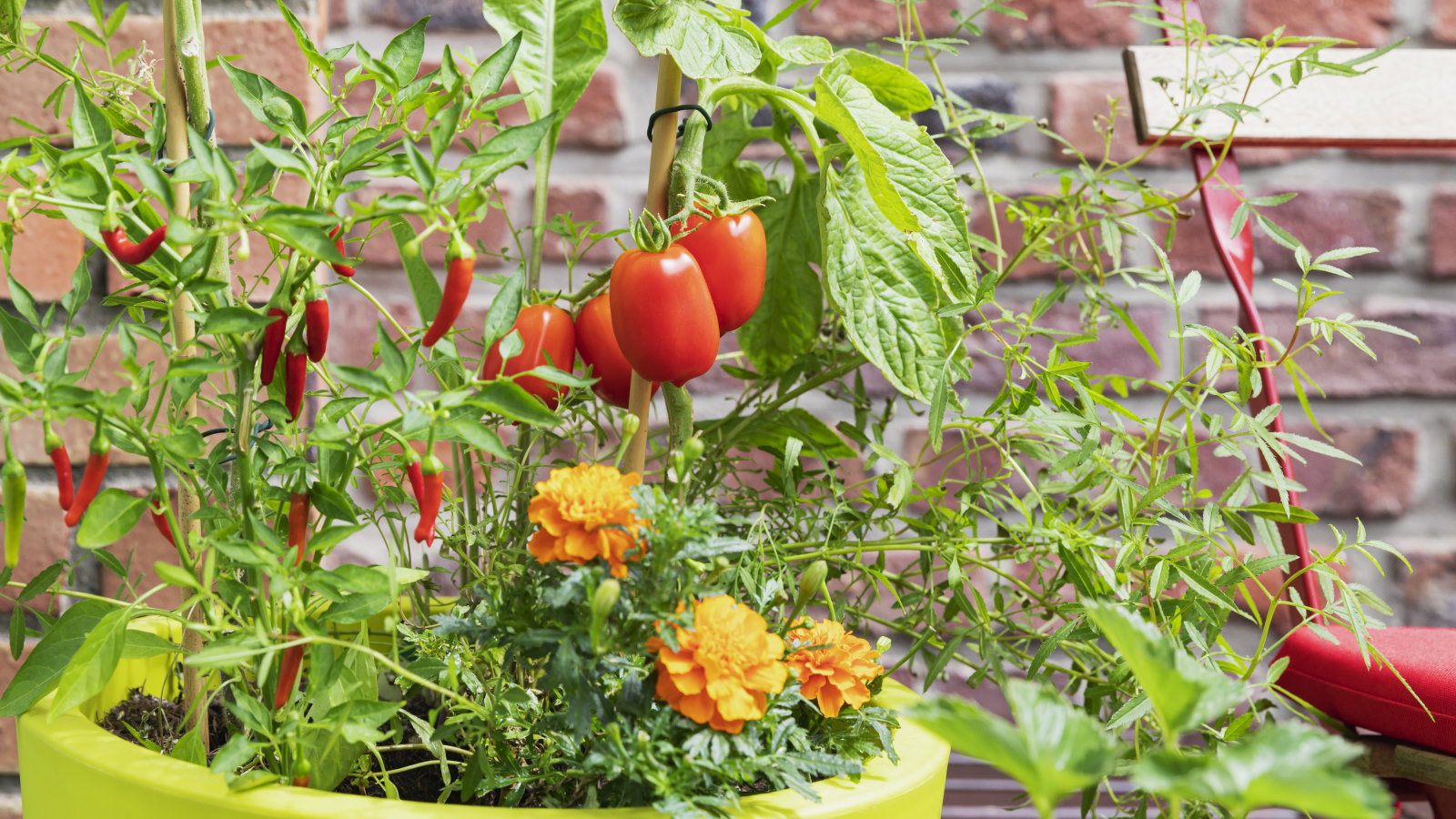 You'll get the best homegrown tomato crops if you plant them next to this one flower – discover why these two are a dream combination
You'll get the best homegrown tomato crops if you plant them next to this one flower – discover why these two are a dream combinationYour tomato plants will be pest-free and covered in fruits
By Drew Swainston
-
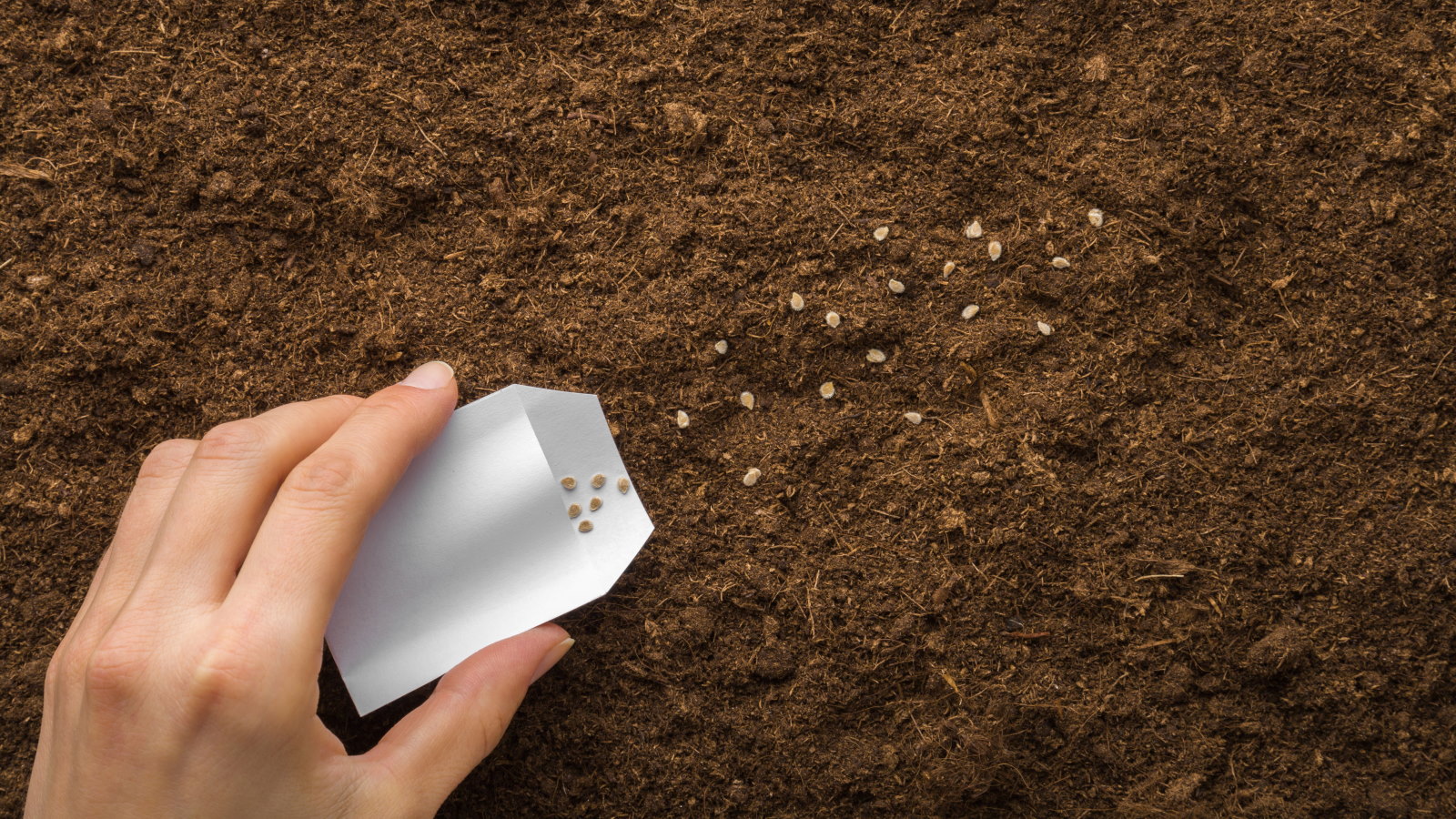 Direct sowing vs transplanting – our grow-your-own expert advises which is best, and shares 5 veggies you should always sow directly
Direct sowing vs transplanting – our grow-your-own expert advises which is best, and shares 5 veggies you should always sow directlyBoth approaches to sowing vegetables have pros and cons
By Drew Swainston
-
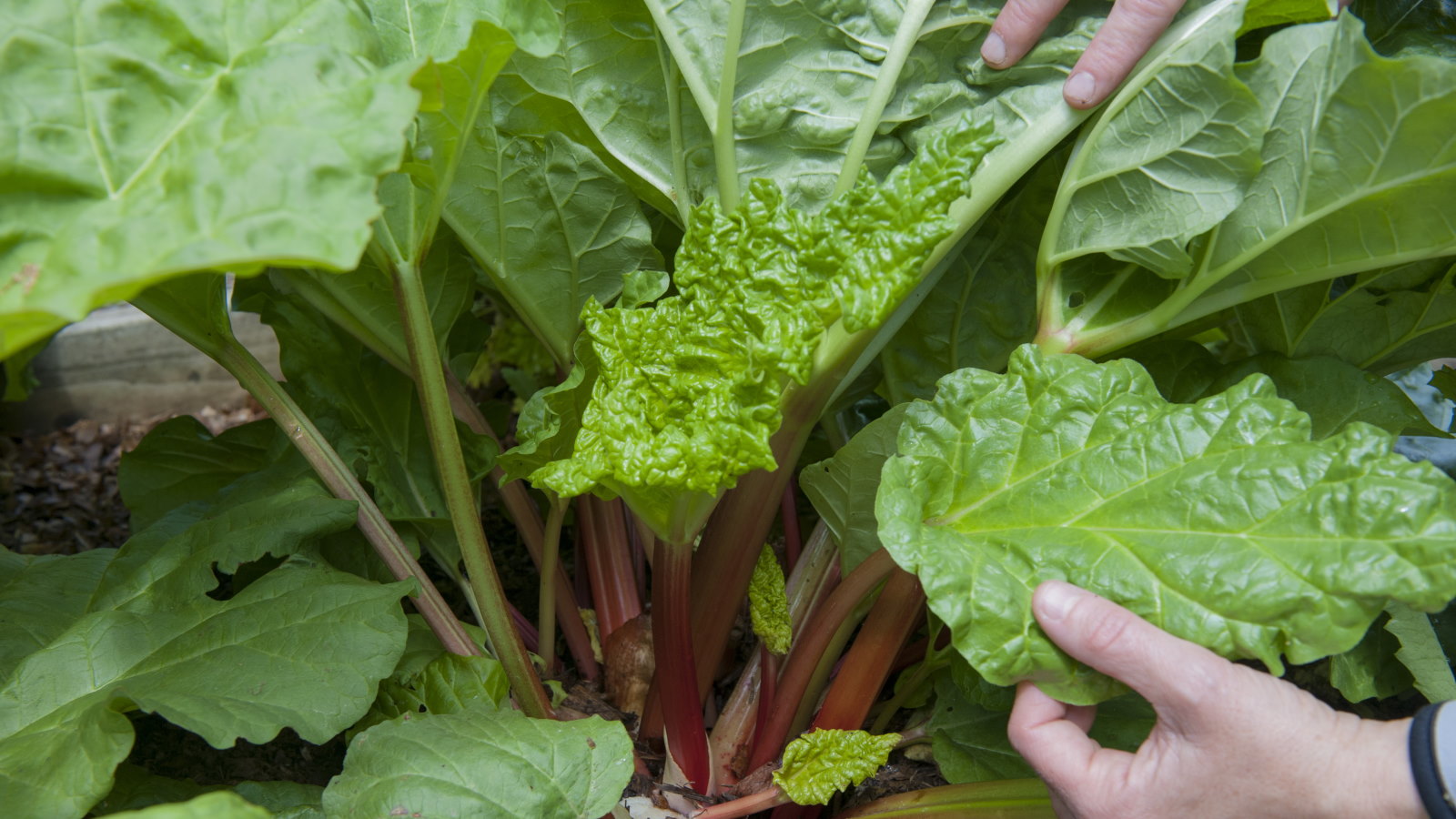 I grew rhubarb from seed for years – here’s exactly how to do it for guaranteed germination and healthy crops of fruit
I grew rhubarb from seed for years – here’s exactly how to do it for guaranteed germination and healthy crops of fruitGrowing rhubarb from seed is a cost-effective way to propagate plants, but it requires care and patience
By Drew Swainston
-
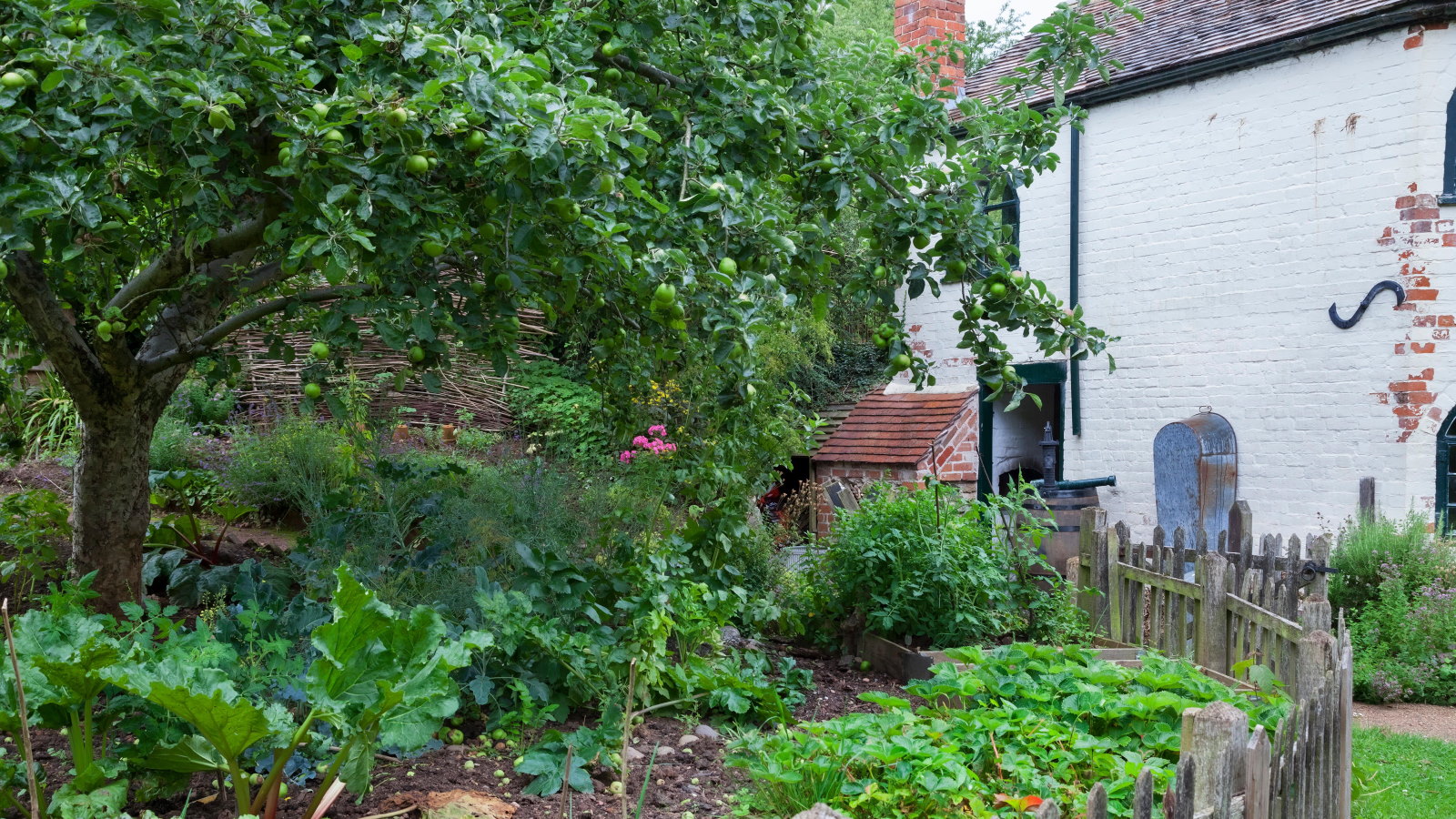 4 reasons you should plant trees in a vegetable garden – plus experts reveal the secrets to help you reap the rewards
4 reasons you should plant trees in a vegetable garden – plus experts reveal the secrets to help you reap the rewardsSee how agroforestry principles can help boost your soil and harvests
By Drew Swainston
-
 9 of the best vegetables to grow using the square foot gardening method – for big harvests in small spaces
9 of the best vegetables to grow using the square foot gardening method – for big harvests in small spacesPlus how many of each vegetable can be grown per square foot
By Drew Swainston